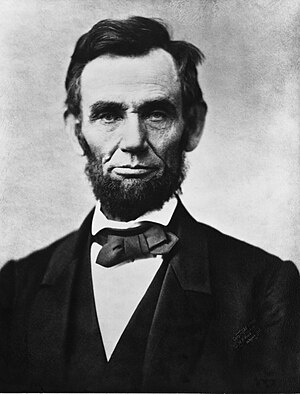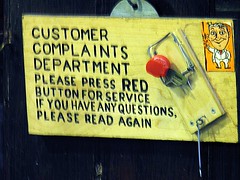Marketing has gotten more and more nuanced, as new technologies and strategies have opened up many options for marketers. It is my contention that today, the marketing mix contains much more than the traditional four or five P's that are taught in school. In this series I am exploring the Many P's of Marketing.
Perseverance: Have ever noticed that some people are like the old children's toy Weebles. No matter what life throws at them, they may wobble a bit, but they always end up upright and still with a smile on their face. These people seemingly brush life's challenges off as if they are nothing but a little lint and keep moving forward, with their positive mental attitude intact. As the ad says:
Weebles wobble but they don't fall down.
There are some brands like that. No matter what happens to the company or its people, the brand remains unblemished in the public's eye. These are the brands we should all be jealous of. I think that is a direct product of a brand's loyalty, or perseverance, to its key message. Coca Cola has invested so much into its brand image that they could withstand the missteps that surrounded the launch and retraction of New Coke.
With what used to be called reach and frequency, brands like Coca Cola built market share AND mind-share by relentlessly marketing themselves and dominating the relatively few media options with their brand. The main order of marketing a brand like Coke was to make sure it was everywhere we looked. Let's call this form of perseverance "budget perseverance." You can buy it.
These days, with a highly fragmented media and much more sophisticated, media savvy and participatory audiences, you need a different type of perseverance. You need brand and message consistency. Your message needs to be consistent and must fit with all the other messages surrounding your brand. In this media world of retweets and repinning, posting and sharing, no marketer can control where his message goes or who sees it. No marketer can control what message one segment of the target audience sees versus another segment. Hence, all of the messages related to a brand must be consistent. Consistent with the brand and consistent with the other messages. Let's call this type of perseverance "message perseverance."
Most often, companies fail on message perseverance in the difference between the paid messages they send out and the messages sent by the service they deliver. Consider the example of the bank who advertises that YOU are important to them, but when you call them you only get a complicated, impersonal series of recorded messages. Or when you visit the bank branch, you have to wait a long time to get service and then the tellers are unpleasant. Also consider the Mercedes dealer who gives loaner cars to their best customers, but the loaner cars are Hondas. I don't understand why a car dealer would expose customers to another brand. In addition, it seems to me that they are sending a subtle message that the Honda is a reliable car (it is not in for repairs) that you can use while your finicky Mercedes is being fixed. Not really consistent with their promotional messages.
On the other hand, consider the now famous case of the
Tylenol tampering. Bottles of Tylenol capsules was found to have been tampered with and containing cyanide. Within a week of the first death the company had pulled every bottle of Tylenol, more than 30 million of them, from store shelves around the world. McNeal Consumer Healthcare, the parent company that owned the Tylenol brand then pioneered tamper proof packaging. The rapid and decisive response by McNeal, strongly supported their message claims of caring for their customers. Their actions cost McNeal millions and millions of dollars. But it did not cost them market share. When Tylenol returned to the shelves, customers returned to the brand.
Or consider the story from UPS that they have invested in routing software that helped their drivers make more right turns, increasing their efficiency and shortening delivery times. This story, while at first somewhat amusing and farcical, actually meshes beautifully with UPS message "We Love Logistics."
Budget perseverance isn't as realistic as it once was. No matter how big its budget, no company can dominate all the media the way Coca Cola once did. When some of the most influential media are virtually free to use (Facebook, Twitter, etc.) having a Big Gulp sized budget doesn't help. The smart marketers are instead focusing their resources on getting out a variety of messages to the variety of media, all of which support and are consistent with the brand of the product or service. Resources should be focused on message consistency and pervasiveness...the reach and frequency of 21st century.
To achieve success in consistency and pervasiveness you need...you guessed it...perseverance!






















